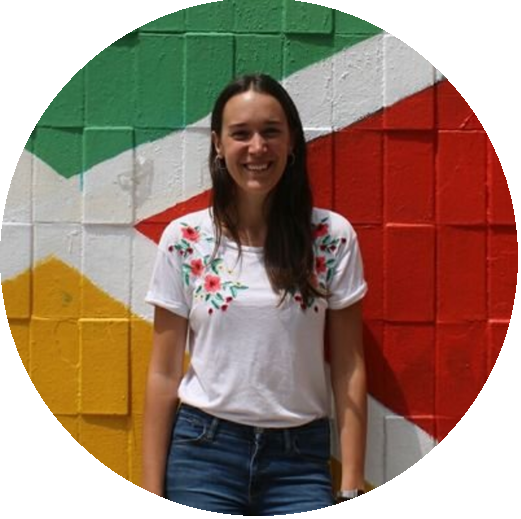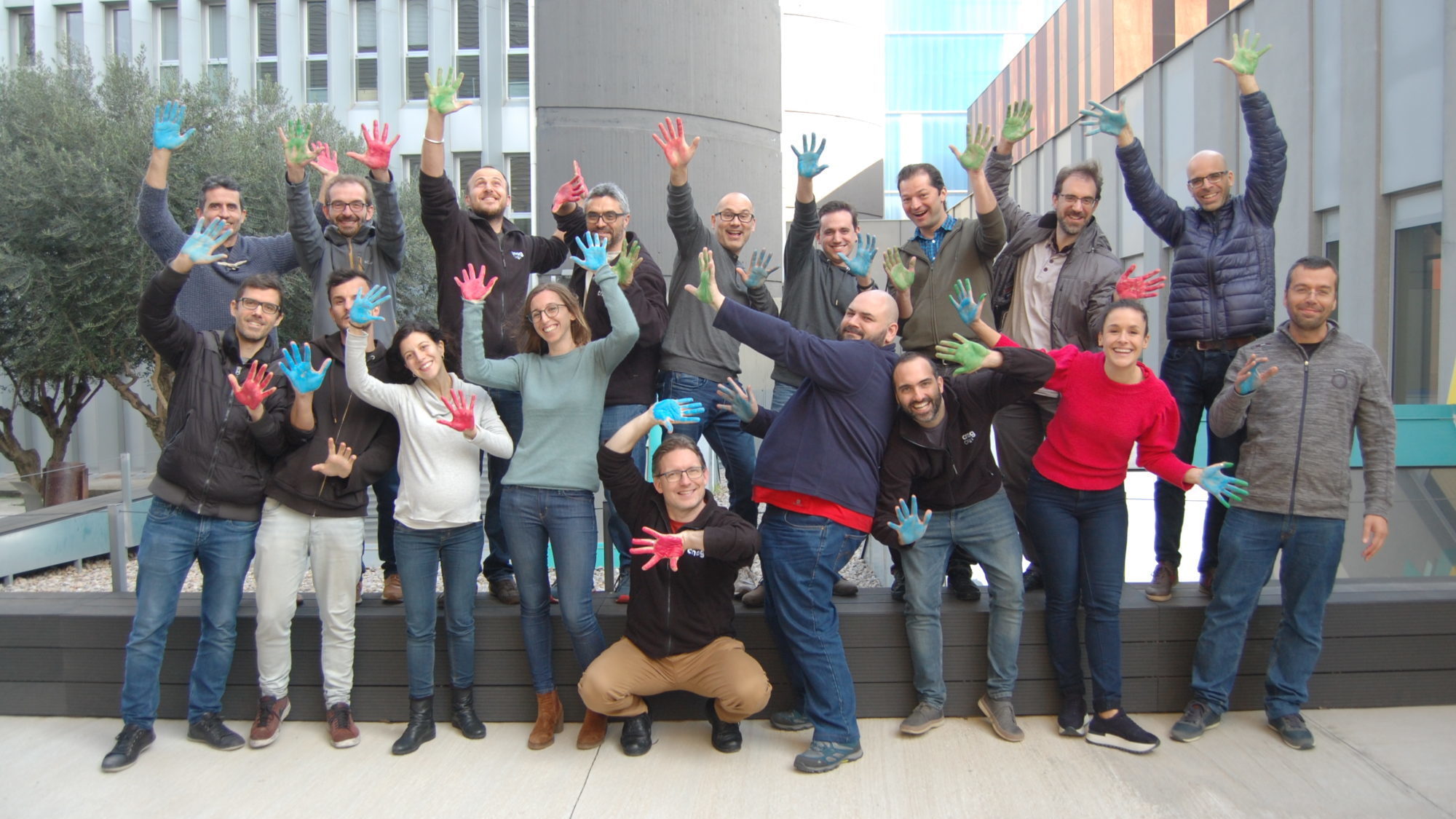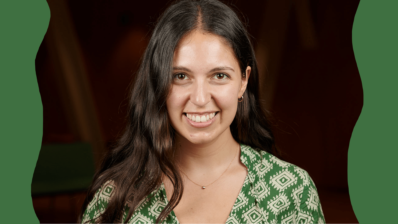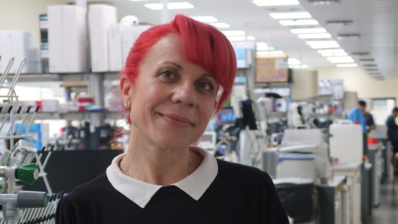There are diseases that we are all familiar with. More or less, we have all suffered in person or know someone who suffers from cancer or Alzheimer’s. But not all diseases are so well known. Some of them are so rare that even the medical professionals, who have to diagnose them, are not aware of them.
Rare diseases (RD) are those that affect a small part of the population. To date, more than 7,000 RD are known, and each of them affects very few patients. At most, one in every 20,000 people. In Spain, this would be about 2,500 people.
Now, if we consider all the people who suffer from any RD, the numbers change a lot, since one in every 15 people lives with one of these diseases. In Spain, this would be about three million people.
Despite ther fact that each RD is different, the vast majority of them have common features. Eight out of ten low prevalence diseases have a genetic origin, which means that they are originated by variations in our genetic material, the DNA. And the vast majority of RD affect multiple organs.
Searching for a diagnosis
It is not easy to diagnose a rare disease. Nowadays, RD patients have to cope with an odissey of up to five years before having a diagnosis and treatment. Therefore, the International Rare Disease Research Consortium IRDIRC)‘s aim is tjat, by 2027, any RD patient will receive a diagnosis and treatment within a maximum of a year after visiting the doctor.
One of the tools that facilitates rare disease diagnosis is the RD-Connect platform. This platform, aims to ease the identification of the genetic variants causing rare diseases and wants to do it in a collaborative way. The platform, mainly funded by European grants, has been developed by scientists from the National Center for Genomic Analysis of the Centre for Genomic Regulation (CNAG-CRG). We speak with Sergi Beltran, head of the bioinformatics platform at CNAG-CRG and head of the RD-Connect project.

“If you cannot reach the diagnosis alone, collaborate with other people so that you can do it together”
Sergi Beltran, CNAG-CRG
How can RD-Connect platform help RD diagnosis?
RDs are often difficult to diagnose. And not only that. In four out of ten patients, we can tell them the disease they have, but we cannot tell them the cause, because we do not know which gene or variant is causing the disease. In these cases, we have to study all the genes in the genome to find the one affected. So, we work with a large volume of data! In the entire genome we have 3,000 million positions and we have to find the variant that is causing the disease.
RD-Connect platform allows us to analyze large volumes of data and compare one genome with others from RD patients. These genomes have been entered into the database by medical professionals around the world, to facilitate finding the right diagnosis. Our “motto” is, if you can’t reach the diagnosis alone, collaborate with other people so that you can do it together.
Who is working to make this platform a reality?
The software engineers in my group at CNAG-CRG have developed the platform. But in the group we also have bioinformaticians who use the software to process data and clinical geneticists who analyze these data to propose new diagnoses.
But, the platform also grows with the inputs recieved from the users of the system, such as clinicians or heads of hospital diagnosis platforms who have not been able to diagnose their patients by doing the most typical tests. They add the data of patients’ physical characteristics and their genomes, to see if they can diagnose them. And, with all this data, the platform grows.
Considering that clinicians arround the world can enter data to the platfom, how do you make it comparable and understandable for all the users?
We have several systems to standardize data. When clinicians want to describe, for example, the physical traits of patients, we use controlled systems (languages) or ontologies. These are translated into many languages and in these each concept (arm, hand, finger …) is associated with a numerical code that the computer understands and translates. And the same happens with the information about the disease of the patient, or about the genes that are affected by the disease.
Regarding the genomic data, we ask the users to enter “raw” data, as it comes out of the sequencer, and we process all of it following the same protocol so that we can compare different genomes.
You talk a lot about clinicians and researchers. But are the patients allowed to consult the platform?
No, we want RD-Connect to be a clinical system that has the support and knowledge of clinicians and researchers that study these diseases. In addition, for ethical and legal reasons, all data on the platform are pseudo anonymized. In other words, the people who work or consult the data do not know who it belongs to. Only the professional who has entered the data in the platform knows the identity of the patient it belongs to.
Medicine, genetics, legal issues, data anonymization… you have considered many aspects when designing RD-Connect platform. How long have you been developing it?
We prepared the first draft about how the system should be on the 2014. And with time, we have improved it and accumulated data.
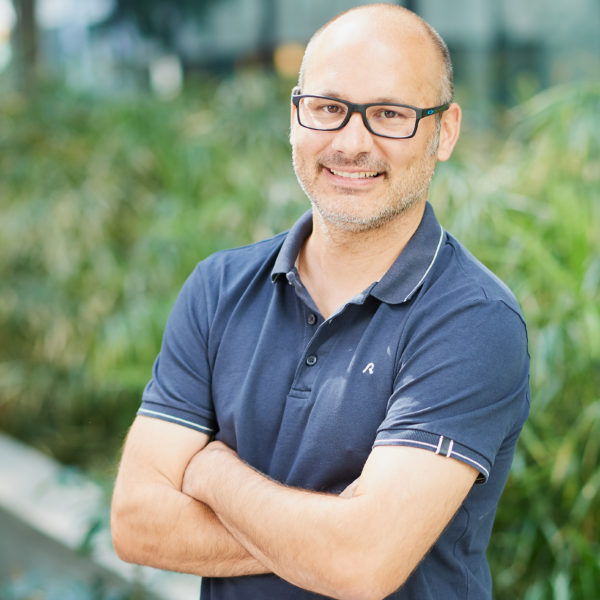
“Data from family members helps us diagnose the patient. If everyone is affected, we look for things that they all have in common. And if not, we look for things that the patient has and the relatives do not have”
Sergi Beltran, CNAG-CRG
In seven years, how many genomes have you accumulated in the platform?
Right now on the RD-Connect genome-phenome analysis platform, we have data on more than 15,000 people. But here we have data from patients and their relatives. Relatives’ data often helps us diagnose the patient. If family members are affected, we know that we have to look for things that the patient and family members have in common. Whereas, if the relatives are not affected, we look the other way arround: things that the patient has but the relatives don’t.
So, more or less we have data on 8,000 patients and the rest would be family members.
And with all these data, do you know how many patients have you helped diagnose?
It is difficult to give an exact number. When we send a possible diagnosis to the doctors, we often do not get an answer to confirm if we were right. But we know that, at least, we have contributed to make a thousand diagnoses, although, surely, there are many more!
To carry out a project such as the RD-Connect platform, CNAG-CRG researchers work side by side with doctors and patient associations. If you want to better understand these synergies, we invite you to watch the online science cafè ‘Science, medicine and patients: teamwork to treat rare diseases’ (in Spanish) that CRG broadcasted last October on their YouTube channel.
